It is now the end of the PERFECT project.
It is now the end of the PERFECT project.
PERFECT integrates the many benefits of green infrastructure into the planning and investment for the future of urban and rural areas. It seeks to influence the policy-making process by raising awareness of the social, environmental and economic potential of green infrastructure.
The project will:
€2,501,314.00
Environment and resource efficiency
The overall objective of PERFECT is the identification, analysis, dissemination and transfer of good practices and policy experiences in the multiuse of Green Infrastructure (GI) into investment and planning strategies. PERFECT aims to demonstrate how the protection, development and exploitation of natural heritage can deliver sustainable, smart and inclusive growth through the exchange of good practice on new uses of GI to blend with, and enhance existing uses.
How will this be achieved? PERFECT will deliver study visits, seminars, factsheets, stakeholder workshops, good practices, peer working and practical demonstrations of the value of green infrastructure, together with robust data and empirical evidence. The project will maximise the contribution of partners on specialist areas of expertise on GI including physical and mental health improvements, improved air quality, costs savings through climate mitigation and adaptation measures and the economic benefits of ecosystems services.
The main outputs of the project include:
Bring together environmental protection and economic growth objectives, ensuring they complement each other as an integrated approach. Invest in Green and Blue infrastructure supporting provision of ecosystem services on which businesses and communities depend to increase local natural capital and support sustainable economic growth. Add to area’s natural capital/ecosystem services and benefits from them. Improve local environment to act as economic growth catalyst by attracting investment, increased visitor spend, reducing costs of adverse environmental conditions, providing health benefits and generating employment. Provide baseline data for GI including development of a national habitat connectivity indicator - connectivity & multifunctional green space
Why it should be improved: Understand multi-functional benefits and whole life saving opportunity from GI e.g. flood protection and improving health via recreation and nature conservation to promote equal footing for green and grey infrastructure investment; baseline state of natural capital needed to ensure consistent measurement of costs and benefits and opportunities for jobs and growth by preserving and exploiting natural heritage; understand linkages between state of natural heritage and investment decisions/potential for uplift; need catchment Action Plans for sustainable management and exploitation of the natural environment through ecosystem services; communities need to be engaged in audit and decision making
Main features: Territorial and Settlement Development Operational Programme (TSD OP) is a centralised regional development OP incorporating territorial development objectives of all regions. The enhancement of environmental friendly urban areas can be an incentive for new business enterprises. The TSD OP recognises the value of maintaining, enhancing and planning the connectivity for green areas, recreation and adaptation to changes in the built and natural environment.
Objective: Urban developments to enhance economic activity and retain population.
The main characteristics: Liveable cities: climate friendly urban areas to be established via increasing the area of green spaces and quality enhancement of GI. Green spaces needs more strengthening on quality and quantity to provide recreation area for inhabitants and make cities more liveable.
Why it should be improved: Densely developed urban areas are in lack of green spaces, so to increase the quality and quantity of green spaces will generate economic development. The improvement of the OP will enable the multi-functional role of natural heritage to be maximised for socio-economic benefit. Hungarian planning systems needs innovative models. Decision makers can accept new solutions if they see the advantages of the non-traditional urban methodology. The maintenance of green spaces is expensive so there is a need for cost efficient maintenance practices and awareness of the multifunctional benefits.
The CSP promotes local development through the protection and enhancement of the landscape and environmental, natural and cultural resources to improve the quality of life of citizens through the promotion of environmental quality and recognizes the strategic role of green insfrastructure. The CSP includes 'The Green City' that aims to build and manage green areas with involvement of the local community; manage public green areas; link green areas; promote and support operations in wooded areas and policies for the agricultural peri-urban areas.
The CSP needs improvement because it has no GI strategy to deliver the ‘Green City’ to create jobs and growth by, for example, connecting the land with the Ferrara waterway or improved accessibility along the river to enhance the natural and cultural heritage with positive economic impacts. The CSP could also address using GI for climate mitigation and adaptation to protect citizens and the city from extreme weather impacts. In parallel we intend to influence the Emilia-Romagna policy in this field by addressing the OP ERDF at the ‘governance’ level. We need to learn about more uses for GI to maximise the impact of the CSP. The improvement of our policy instrument will prepare for the transfer of some PERFECT good practices within the Mainstreaming Programme (OP ERDF) of our region (i.e by addressing applications mainly during the current programming period 2013-2020 as well as in the future regional framework instruments).
In the Spatial planning law of Styria the rules for spatial planning for the 287 Styrian municipalities are set and the basic principles require spatial planning to ensure that the quality of natural living standards will be kept, and sustainable development and saving natural resources will be achieved. It requires that spatial planning should develop the settlement structures considering the climate protection aims and the ecological, economic and social capacity of the area. Neither the municipality nor the controlling authority is 100% concentrated on these issues right now. Therefore these determinations should be taken more seriously under the aspect of environment. In law the spatial planning instruments such as Local Development Concepts, the Land Use maps and the Zoning maps of the municipalities are declared with a minimum content. This needs to be increased regarding GI environment and natural heritage. For the Styrian Region the benefits from PERFECT are: social, ecological effects and health problems in terms of air quality in small urban areas with particulate matter problems.Greening makes cities more liveable, greening can cool down the cities in the increasingly extreme heat of summer. Greening of urban areas increases the prices of the real estates and bring more people to the cities where they have their jobs. Greening and protecting of natural heritages bring more jobs (taking care of parks, climate- or environment expert)
Investment priority to support GI in the OP 'Quality of the environment' is specific objective 2.1.1: Reducing the risk of flooding and negative effects of climate change. The objective addresses preventive flood protection and water retention in residential areas with a high % of impermeable surface with adverse effects on natural water circulation causing excessive surface and ambient heat in hot summers causing significant deterioration of the local microclimate. The GI strategy/Action Plan could improve the pluvial flood protection by supporting sustainable urban drainage systems; improving the natural values and biodiversity of natural heritage by eco-corridors and multifunctional zones to maintain healthy ecosystems for city resilience. The water retention measures are supported in the OP through bio-retention systems (rain gardens, collection ponds, etc.), green roofs, soaking strips, infiltration trenches, as a part of GI in urban areas.
Although GI is included in some sectoral policies, they lack clear definition or sound GI strategy/Action Plan to create an overarching framework for the Municipalities. Such a document will set out the overall approach for delivering an integrated network of high quality green spaces, habitats, and landscapes across the Municipality to enable GI to support the flood protection whilst improving recreation, biodiversity promotion and bring various others benefits, and demonstrate a good practice of multi-use of GI for PERFECT.
Investments in green infrastructure (GI) improve the implementation of the OP priority to establish attractive business climates in Amsterdam. City park areas attract businesses. PERFECT will strengthen OP ambitions by targeted activities in these areas. The project will deliver better designed GI and will thus promote Amsterdam as business location. PERFECT will also positively impact on the OP priority axis 4: promoting social inclusion and combating poverty, by providing support for physical, economic and social regeneration of deprived communities in urban areas. Amsterdam faces socio-economic divides between city districts. To uphold Amsterdam’s social conditions it is crucial to counter spatial segregation. To elaborate OP priorities PERFECT will focus on the health of disadvantaged communities in socio-economically deprived areas and how GI can address this. City parks and neighbourhood initiatives in the Ring Zone outside the more affluent central city are selected. They demonstrate health problems connected to high concentrations of communities with low incomes and poor education (Amsterdam Health Monitor 2012).The potential for health gains in these neighbourhoods is substantial and can be achieved by promoting physical activity, human contact and physical and mental recovery in area of GI. By monitoring health benefits of GI PERFECT will evidence public health improvement of deprived communities and further the OP goal to create a social inclusive labour market.
The policy instrument supports efficient land-use within cities and urban areas through physical, social and economic renewal of degraded, vacant and underused urban areas including natural heritage and improving the quality of areas of public use. The policy aims to create conditions for the development of economic and social activities and improve the attractiveness of the urban environment for work and living. It provides measures for physical renovation of urban areas including landscaping, design of new areas of public use and maintenance of existing areas including green space. These actions will be implemented by means of the Integrated Teritorial Investment (ITI) mechanism and based on the sustainable urban strategies.
The policy provides a solid foundation for integrated urban renewal, including green space. But, it could go much further in promoting innovation at the level of utilisation, management and maintenance of urban GI, combining its various environmental, social and economic potential. Another area of potential improvement is broadening the focus of the instrument by adding smaller cities and towns to the currently listed beneficiaries of the 11 largest cities of Slovenia. The Ministry for Environment and Spatial Planning is currently undergoing a renewal of the Spatial Planning Strategy of Slovenia (SPRS) where the polycentric development of Slovenia would be emphasised as one of the aims. The Ministry aims at improving the role of the ITI in this manner.
The National Planning Policy Framework (NPPF) sets out policies in England for the future of the built and natural environment. The NPPF guides the development of local plans, masterplans and neighbourhood plans, and has a major impact on the outcomes of decisions affecting the built and natural environment in England.
The focus for the partner is on the green infrastructure (GI) policies of the NPPF. The NPPF is structured in chapters according to key strategic themes - including health, the economy, housing, transport and design. GI is currently referred to as a strategic policy, and under the health chapter, but not in other areas that determine the future outcomes from decisions.
In 2017/18, £6.2bn of investment was secured in contributions from developers across England through implementation of the NPPF. This is managed at a local level using the NPPF as guidance.
The policies in the existing NPPF do not recognise the potential of GI for jobs and growth which has been acknowledged by key stakeholders in recent years and other government strategies such as the 25 Year Environment Plan. The outcome is that decisions made about the future of local areas do not take account of the potential role of GI. Priority is given to other issues such as "grey infrastructure" (e.g. roads, car parks) and housing targets rather than recognising the longer-term benefits of GI which can support wider social and economic aims and create a sustainable future for local areas.
It is now the end of the PERFECT project.
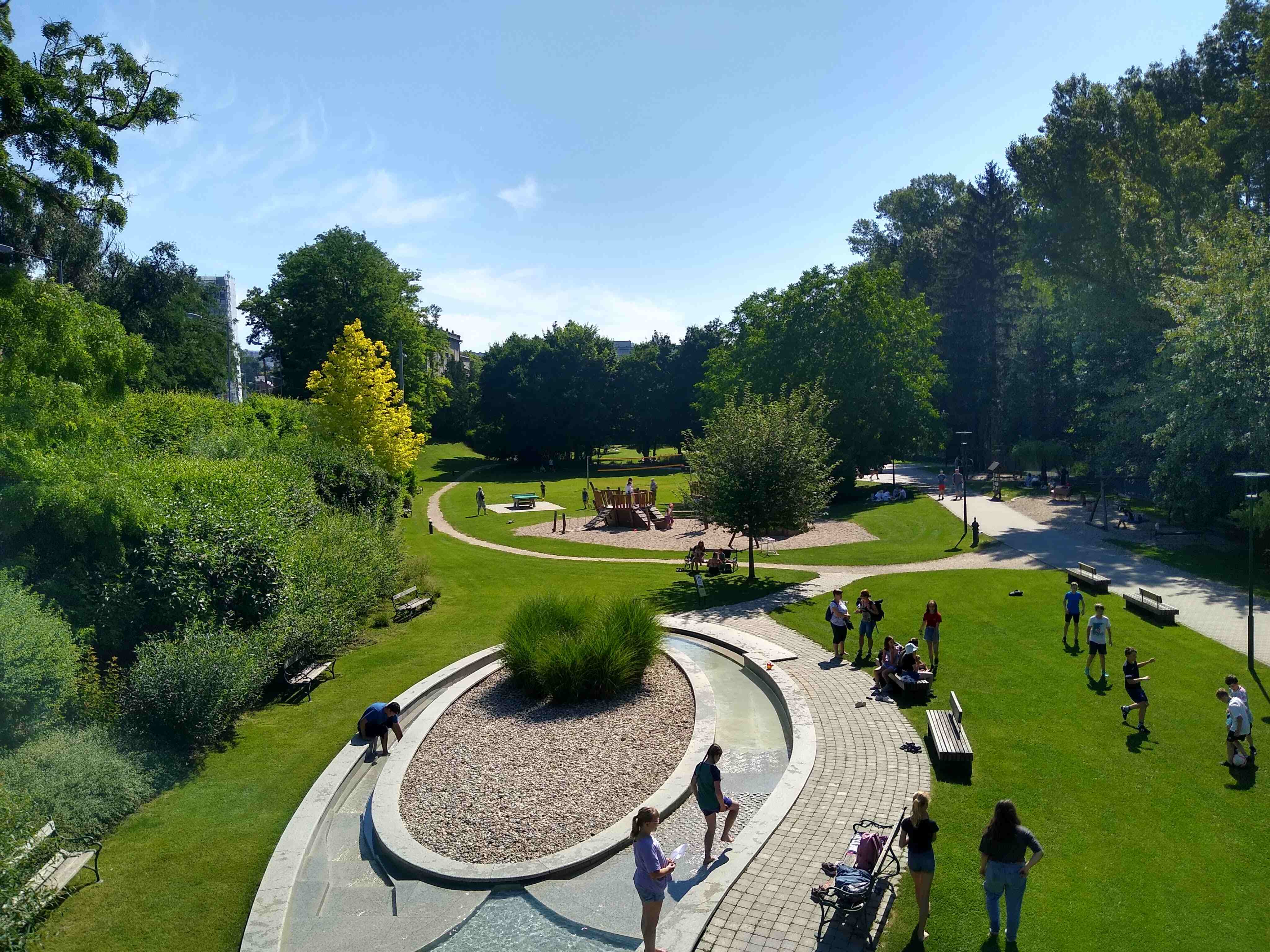
The PERFECT partnership reunited in Bratislava
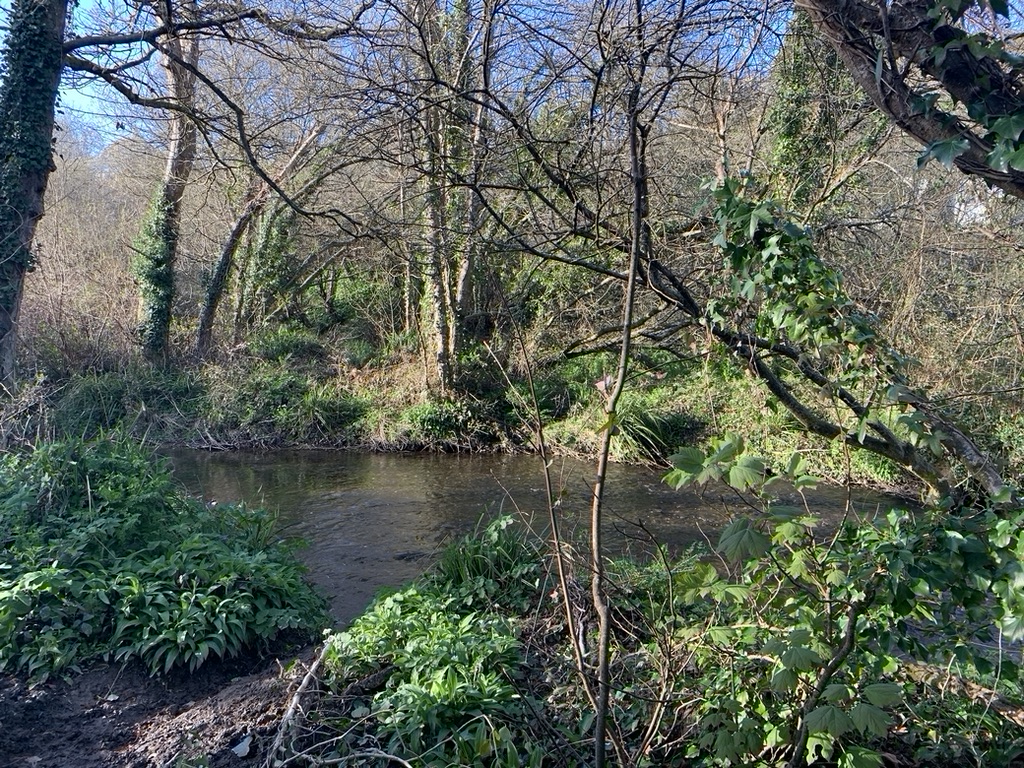
The PERFECT partnership has published a policy paper on ‘The post-pandemic value of green spaces - Maintaining the renewed interest in green infrastructure’.
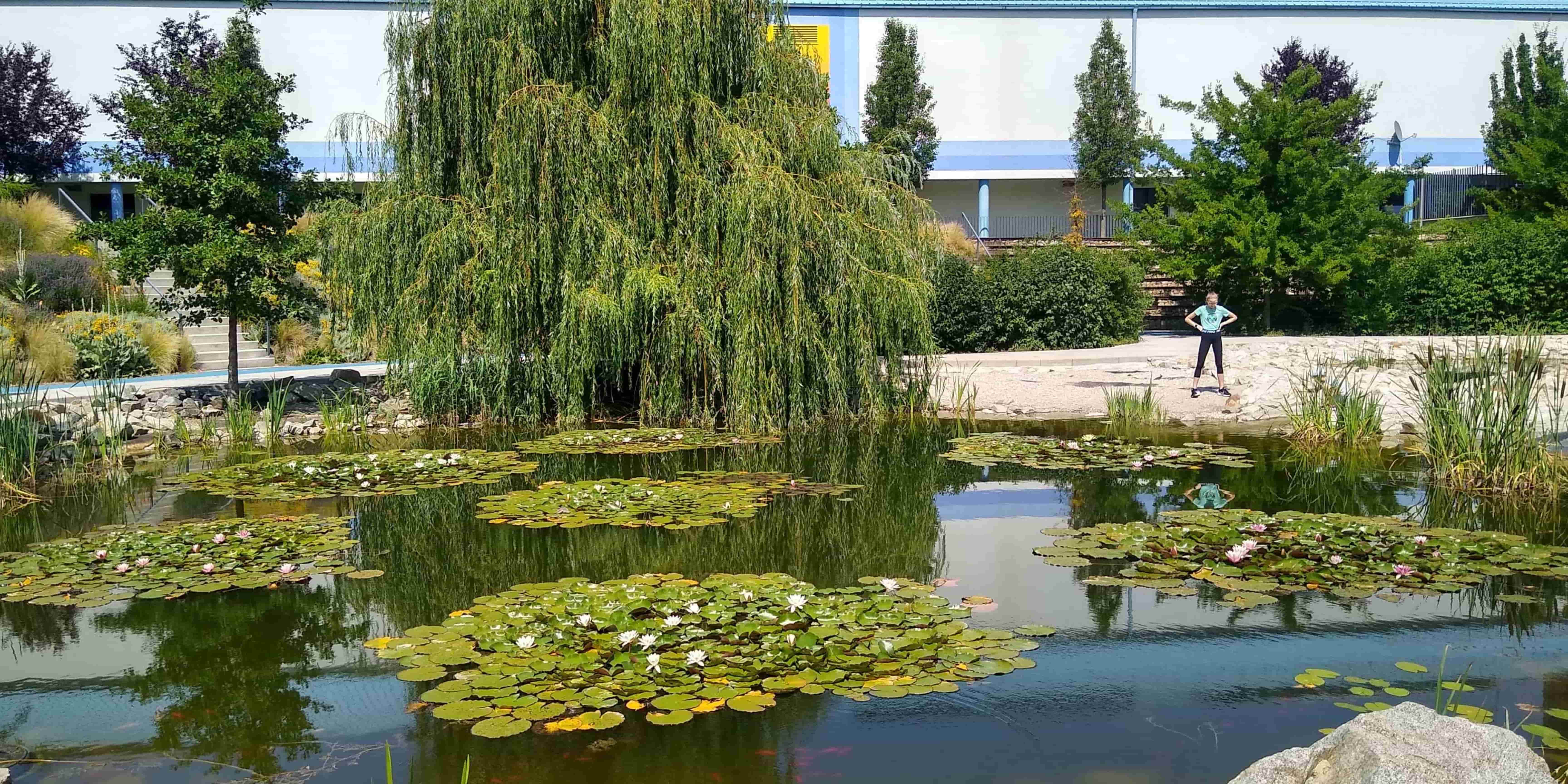
On 31 May 2022, the TCPA hosted a PERFECT stakeholder meeting to discuss the England’s Mental Health and Wellbeing plan which was published in April 2022
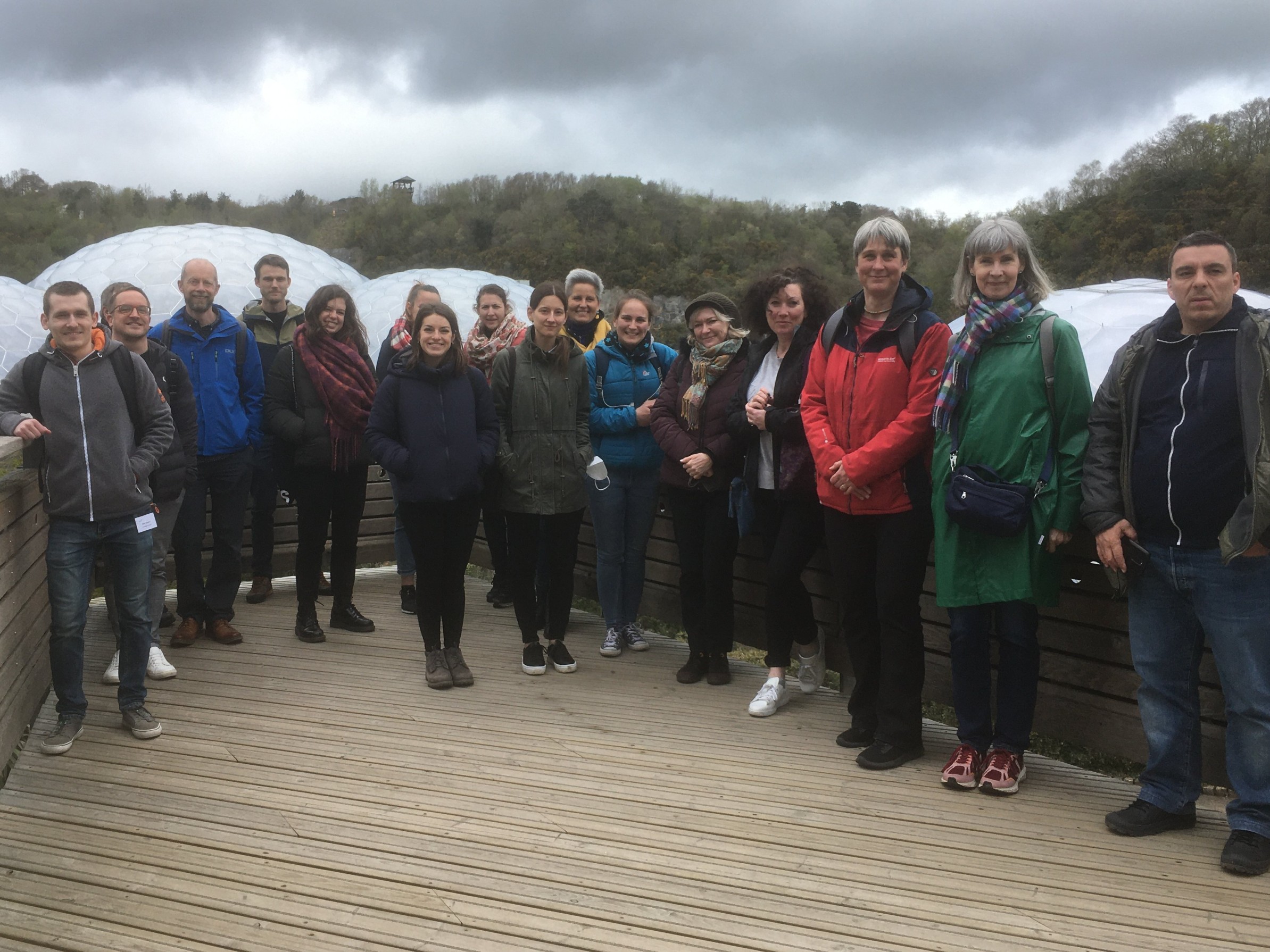
The PERFECT partnership reunited in Cornwall
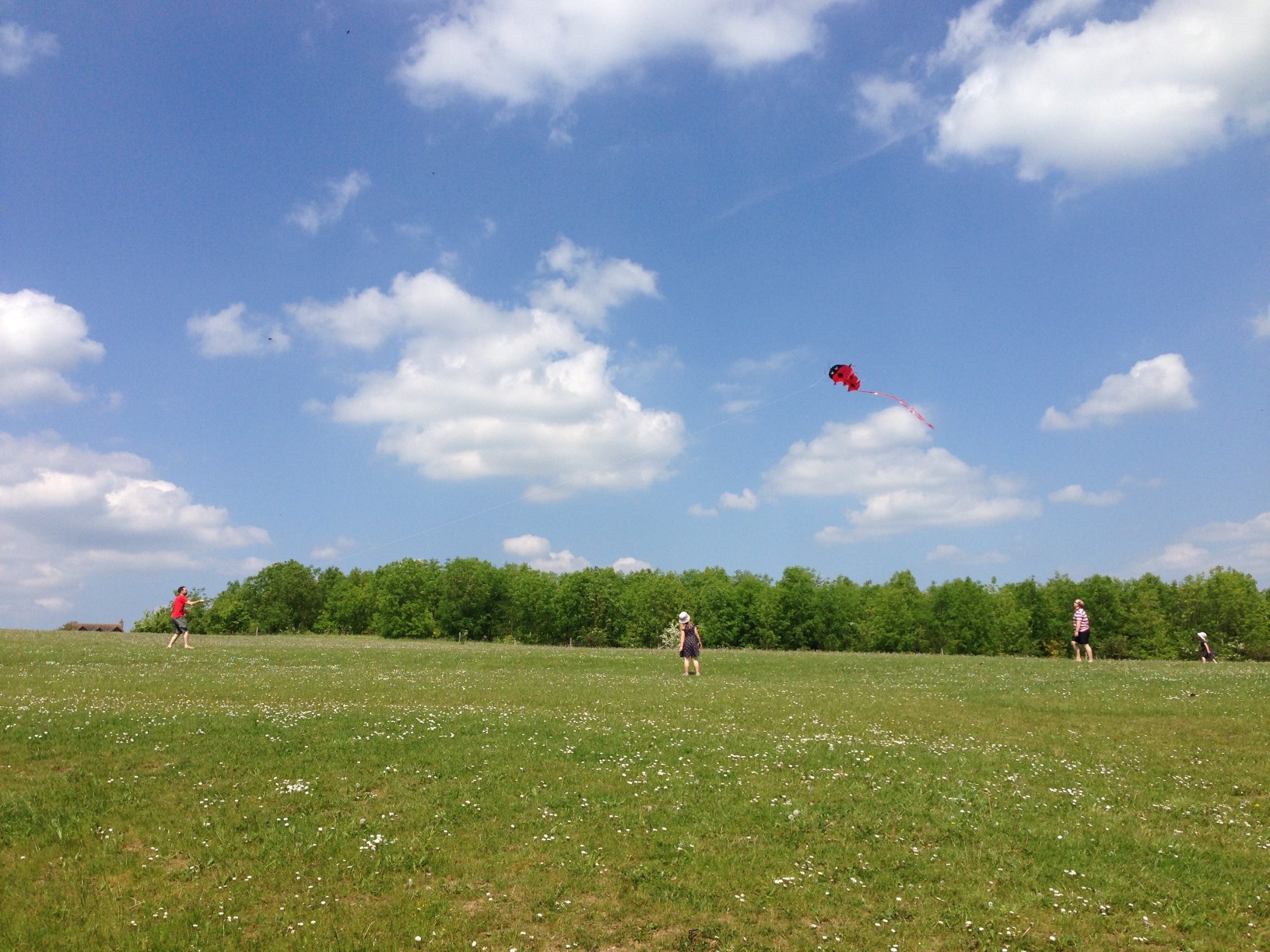
On 8th March 2022, the TCPA hosted a PERFECT stakeholder meeting to discuss biodiversity net gain.
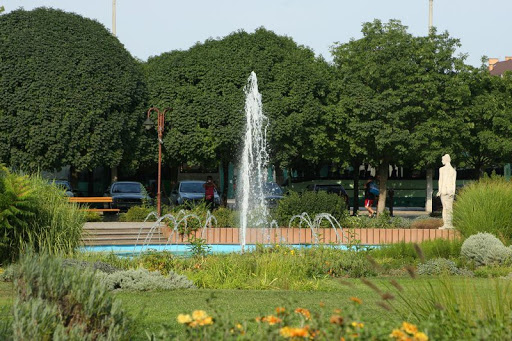
SASD took the opportunity of participating in the PERFECT project to learn from experts from across Europe about methods on planning for Green Infrastructure.
Workshop for partners and stakeholders on the ‘Increased recognition of the impact of GI on health and wellbeing as a result of Covid-19’.

In the sixth year of the PERFECT project, the partnership is looking at the changes in the use of green infrastructure as a result of the Covid-19 pandemic
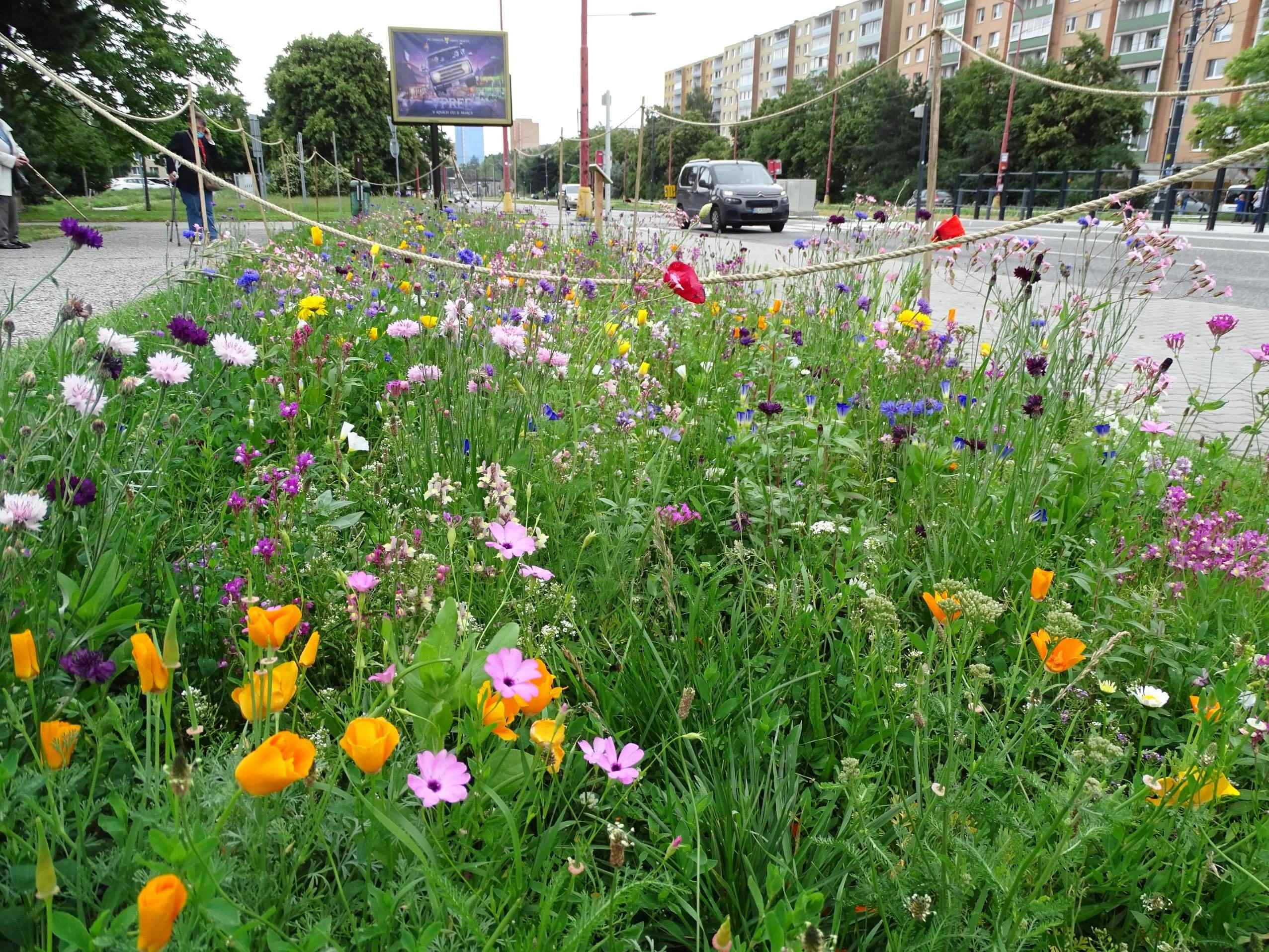
The PERFECT project has been extended one more year through Interreg Europe’s ‘call for additional activities’ (5th Call).